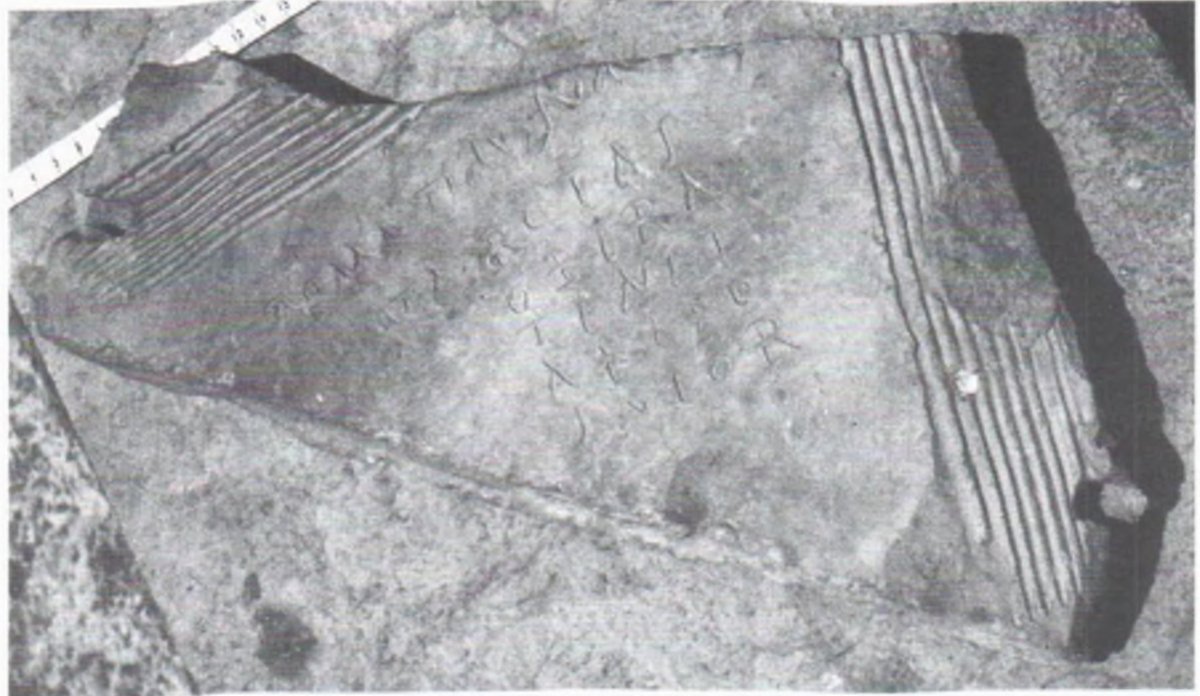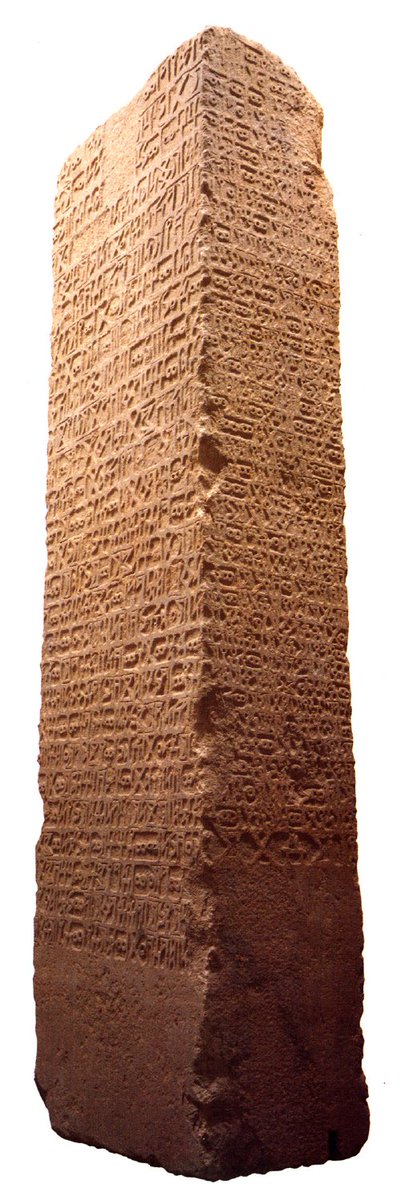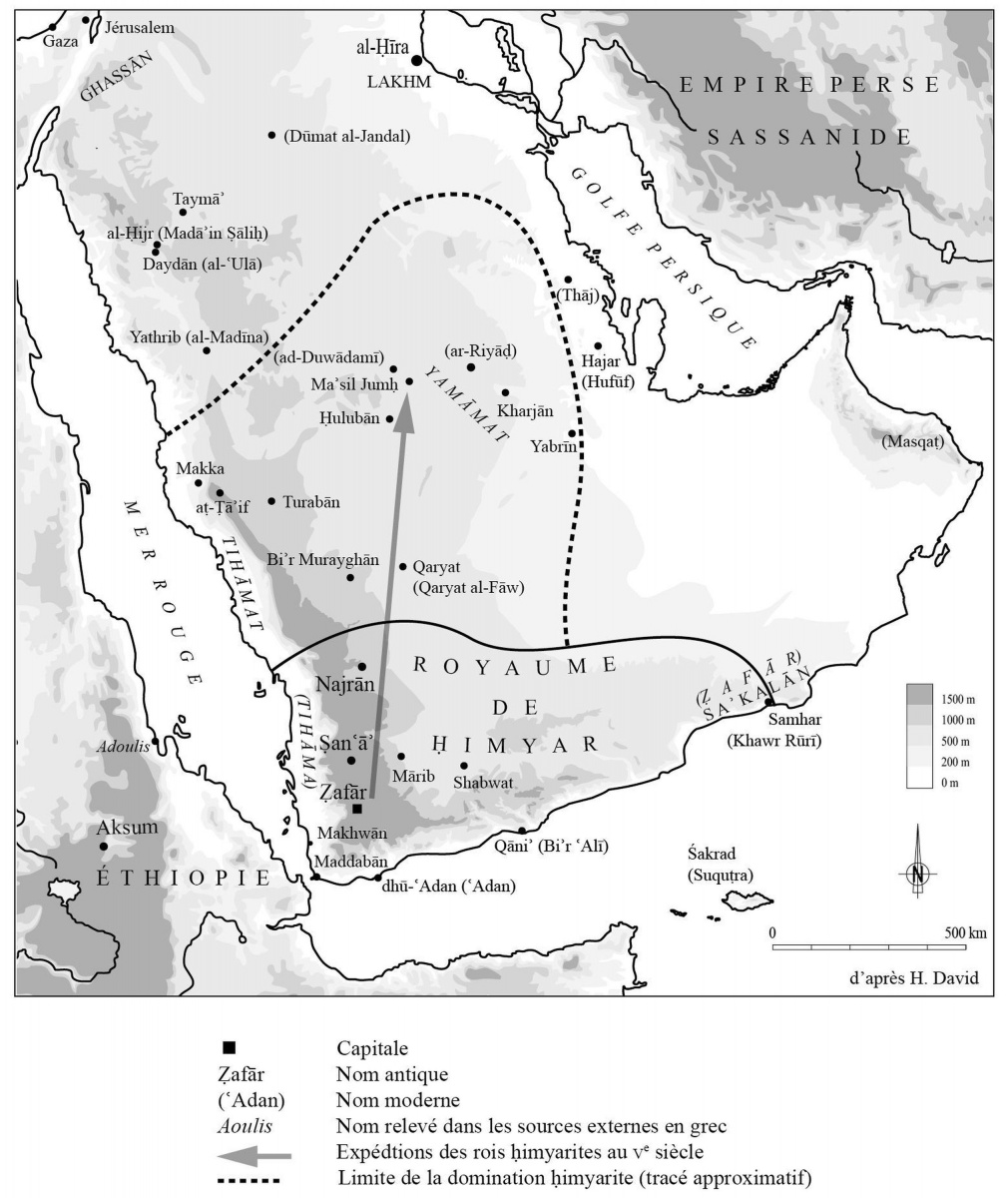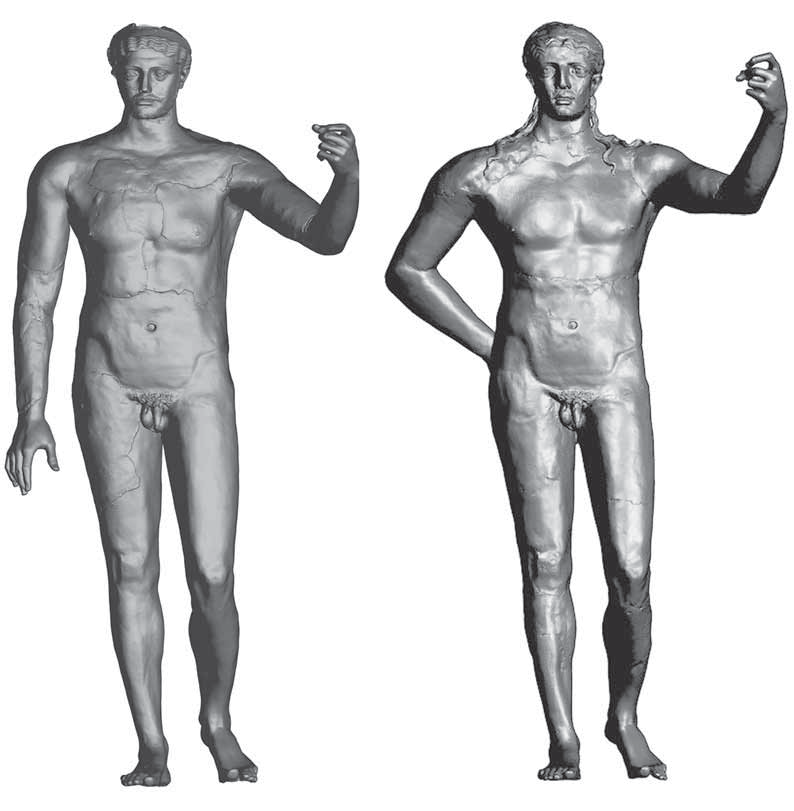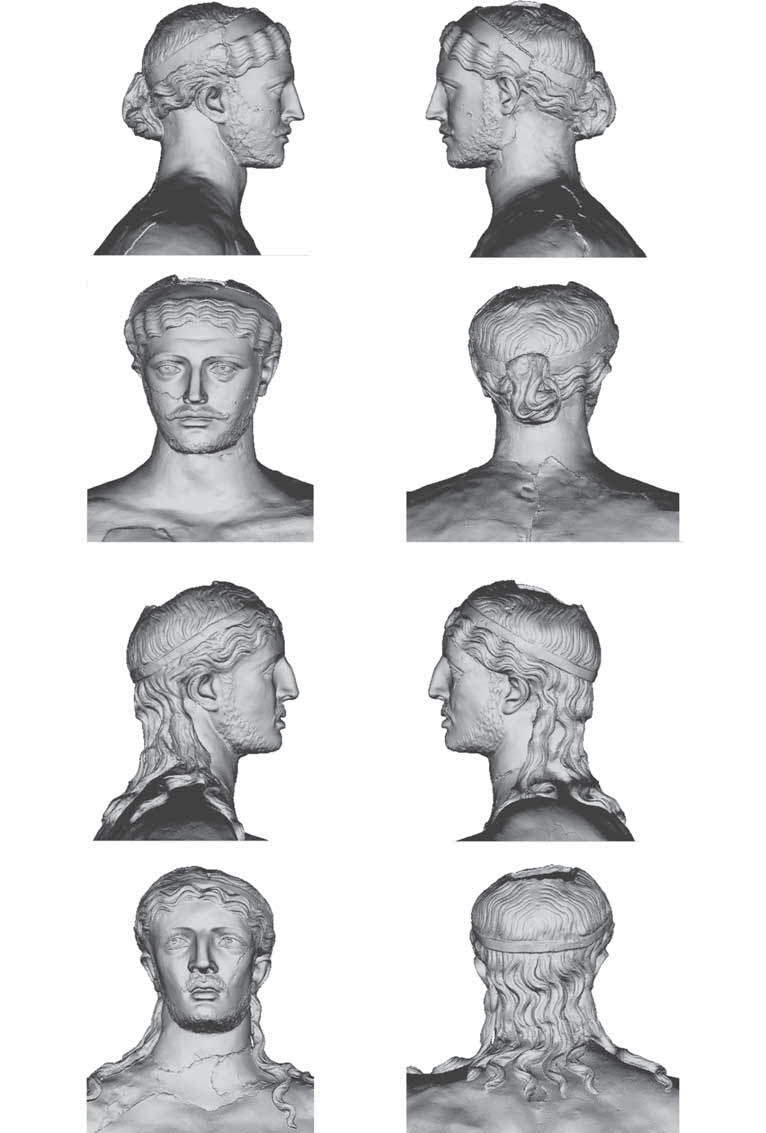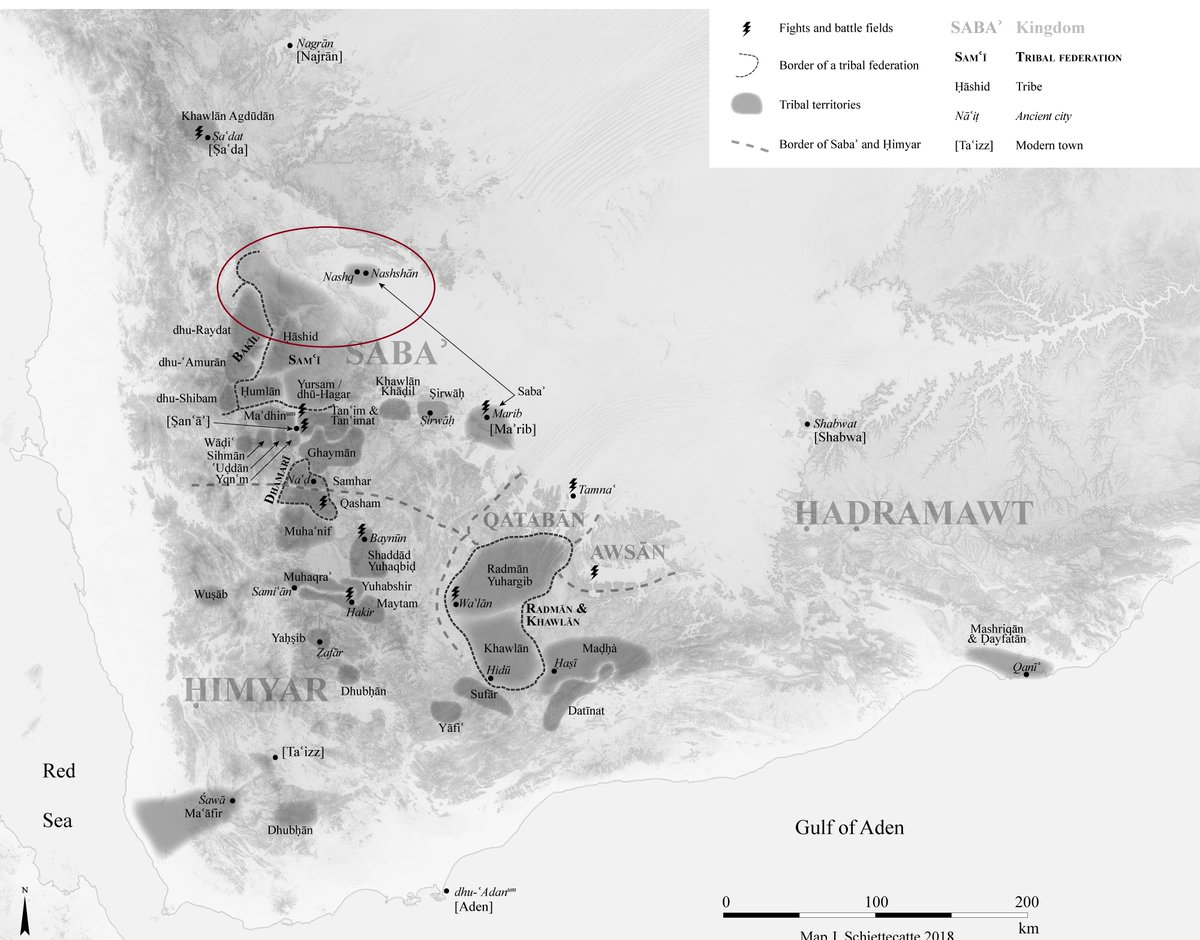
Day 4 of #TweetHistorian Mark Saltveit @taoish's look at #palindromes. Thursday we viewed palindromic forms in non-European languages, a sadly neglected topic. "Today": the SATOR / ROTAS square, attested 4x in the first c. CE: 3x at Pompeii, 1x at Conimbriga in Portugal. 1/12 -ms 



https://twitter.com/Tweetistorian/status/1542623764348866560




It's the Hollywood celebrity of #palindromes, thx to Chris Nolan's film TENET. It starts at an OPERA. ROTAS is the time reversal machine. TENET is the name of the conspiracy. Andrei SATOR is the villain. Thomas AREPO is an art forger we never see. 2/12 -ms beyondwordplay.com/palindromes-at… 







This square is an image, a graphic composed of letters, arguably the world's first and most successful meme. Calling it a Latin sentence (SATOR AREPO TENET OPERA ROTAS, or the reverse) is a hypothesis with v. little historical support. AREPO is not a Latin word or name. 3/12 -ms 

There are 12 Roman examples, all squares starting with ROTAS plus a few other dubious examples. 4x at Dura Europos in Syria. 1 in Pannonia (near Budapest). 2 in England (Cirencester & Manchester). 1 at tavern (thermopolis) under later church of St. Mary Maggiore in Rome. 4/12 -ms 







The ROTAS square disappeared from W. Europe & re-emerged in the 6th c. CE in Egypt, then Nubia and later Ethiopia, written in Coptic letters with αpeτω/ARETO ωτϵρα/OTERA, used as a Christian magical amulet. At least 29 examples - h/t Raymond Dosoo coptic-magic.phil.uni-wuerzburg.de 5/12 -ms 







These Coptic cατωρ squares are drastically undervalued in both popular & scholarly discourse. It was the ROTAS square before these, and there is zero evidence of connection to religion, Christian or otherwise. Roman squares were linked to military outposts, not churches. 6/12 -ms 





The Coptic texts were the first witnesses to start with SATOR (cατωρ), to clearly link to Christianity (or any religion), and to use it in magic spells. When the square re-emerges in Europe in the 9th c., all 3 features are common, though we see AREPO again, not ARETO. 7/12 -ms 


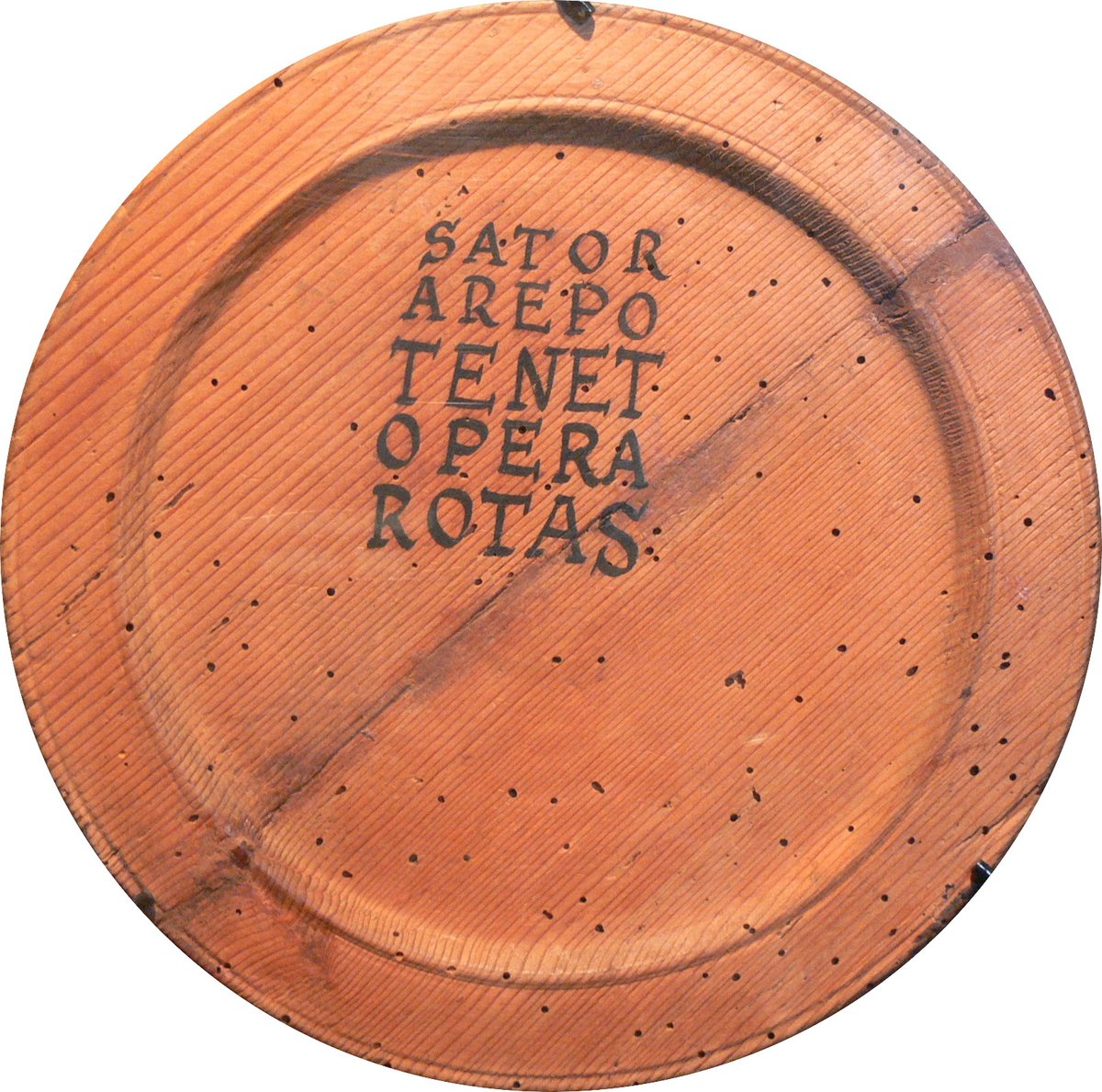


When the square re-emerges, it is in the 9th c. as Charlemagne and Alcuin work to collect and republish classical knowledge. At first, ROTAS starting squares and linear forms are mixed in. This 822 CE MS hedges its bets; you can rotate it to start with SATOR or ROTAS. 8/12 -ms 



The image appears in varied forms from the 9th through 11th c., though still just in a couple dozen manuscripts that we know of. It continues to appear in Egypt, Nubia and Ethiopia, and emerges in Anatolia and Cappadocia as church and cave paintings. 9/12 -ms 







Then, in the 12th century CE, several churches in Italy inscribe SATOR squares on their exteriors or on floor mosaics for all to see (not tucked away in monastic library manuscripts). Quickly it spreads everywhere -- in magic, folk medicine, texts, etc. - to this day. 10/12 -ms 



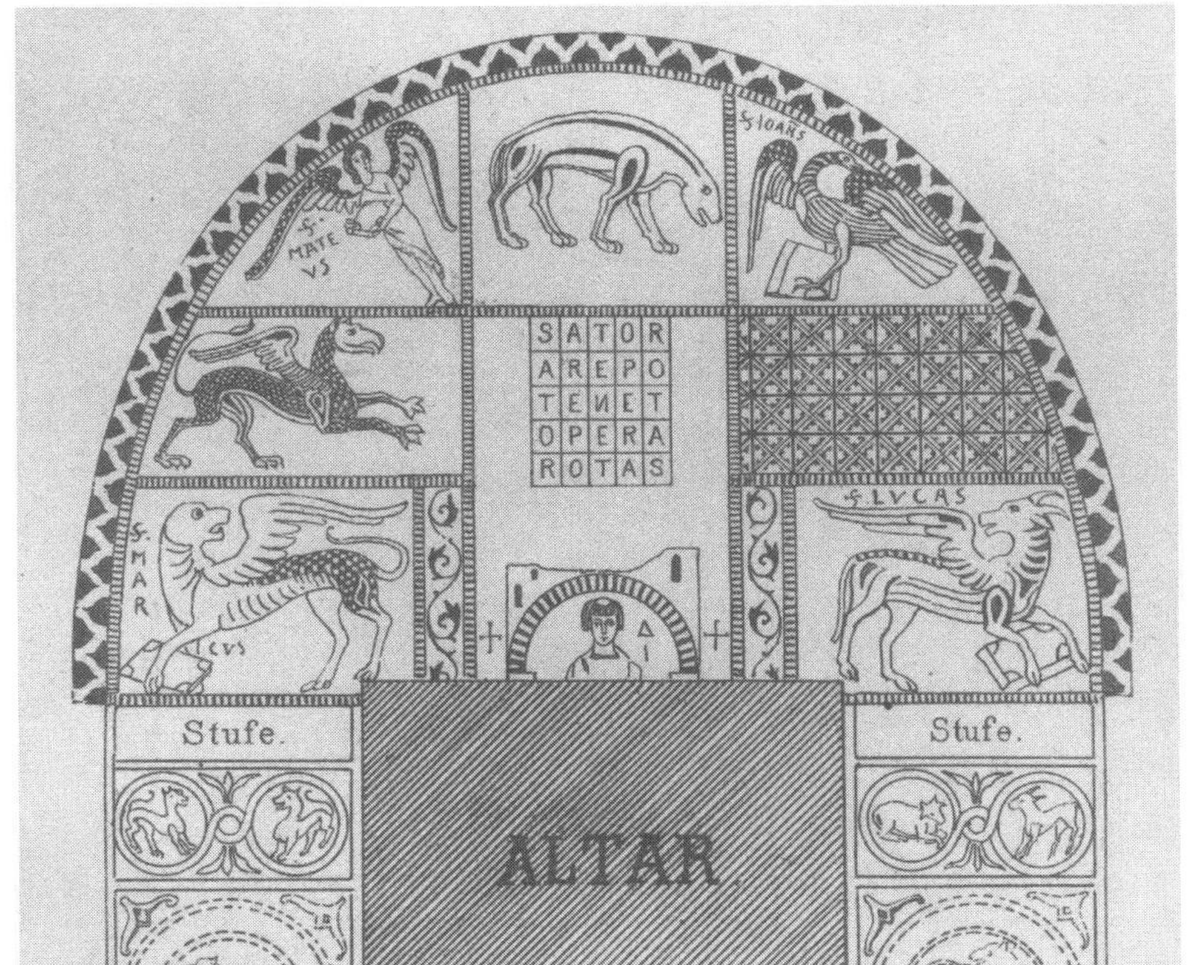


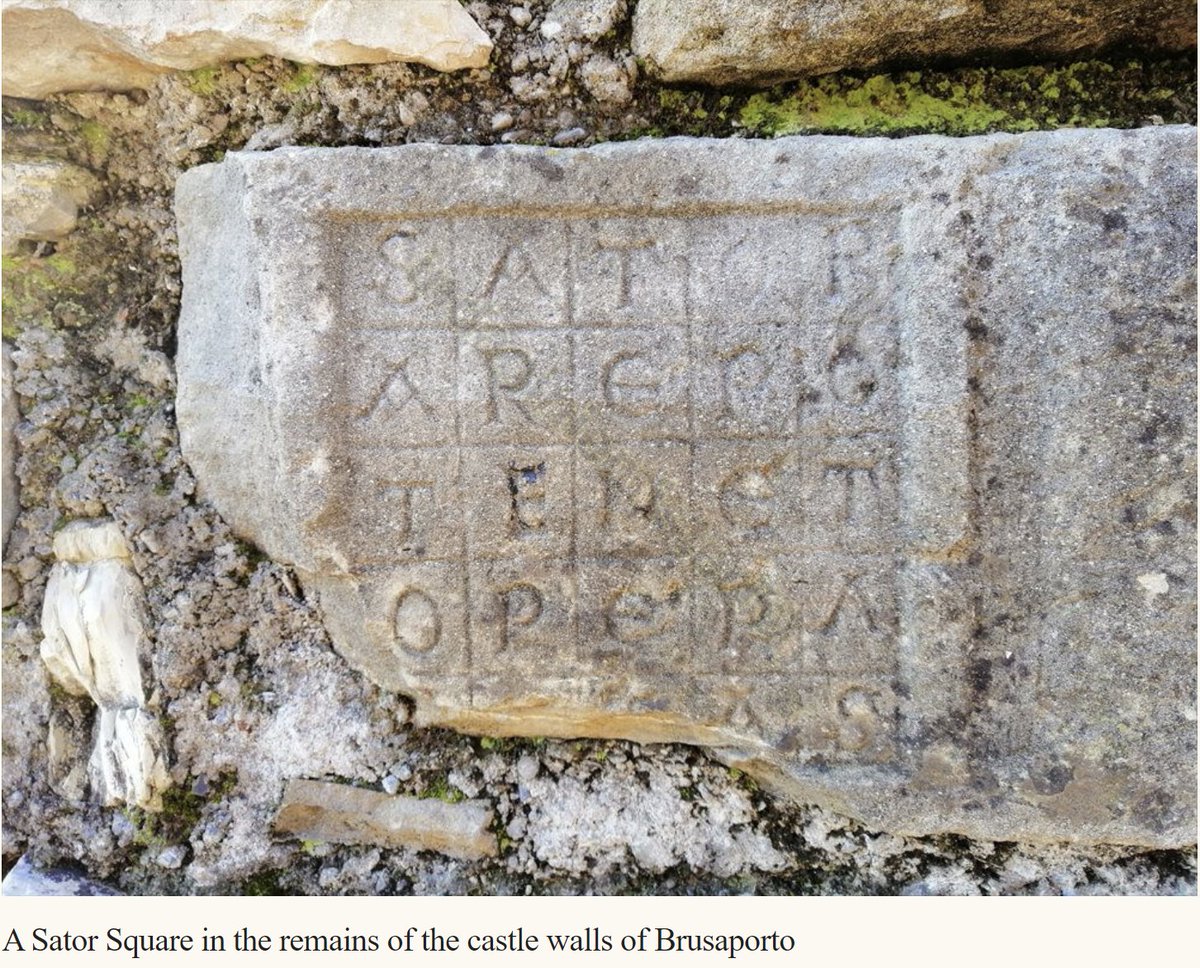
In 1922, a German evangelical preacher named Felix Grosser proposed that the square was an anagram for PATERNOSTER (Latin for the "Our Father" prayer). This is BS unsupported by ANY historical evidence or examples, but proved wildly popular despite scholarly refutation. 11/12 -ms 

Most scholars renounced it as soon as the first Pompeii squares were found; any Christians in Pompeii used Greek for religion, & the prayer was not used yet. A few persisted; archaeologist Margherita Guarducci demolished what remained in 1965. Don't repeat this theory! 12/12 -ms
BONUS MATERIAL: Guarducci's article is masterful, funny & brutal: "Tutto ciò — diciamolo pure — non è né storia né archeologia: è, semplicemente, romanzo.”
(All of this – let us say it – is neither history nor archaeology. It is simply a novel.) Arch Class 1965 p217 13/12 -ms

(All of this – let us say it – is neither history nor archaeology. It is simply a novel.) Arch Class 1965 p217 13/12 -ms


MORE BONUS: The theory argues that the square is an anagram for PATERNOSTER but it isn't. It's an anagram for PATERNOSTER PATEROSTER AAOO. Grosser arranged it as a cross to hide the missing N, and claimed the As and Os were Alphas and Omegas, as in the Apocalypse of John. 14/12 

MORER BONUS: No such figure was ever drawn before Grosser's 1926 paper, and the Apocalypse of John wasn't written until decades after Pompei was buried by volcanic ash. Guarducci noted that anagrams prove nothing, and produced 3 Satanic palindromes from the same letters. 15/12 

A reminder that your #TwitterHistorian guest host Mark Saltveit is presenting at IMC-Leeds Thursday at 9am, on Latin verse palindromes of Carolingian era. Also co-hosting a palindrome improv show at the Edinburgh Fringe Festival, Aug 6-28th, Kilderkin Pub 7:30pm, PBH Free Fringe. 



• • •
Missing some Tweet in this thread? You can try to
force a refresh




